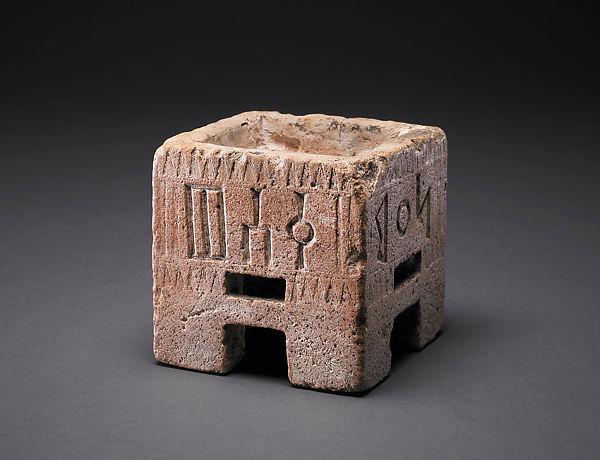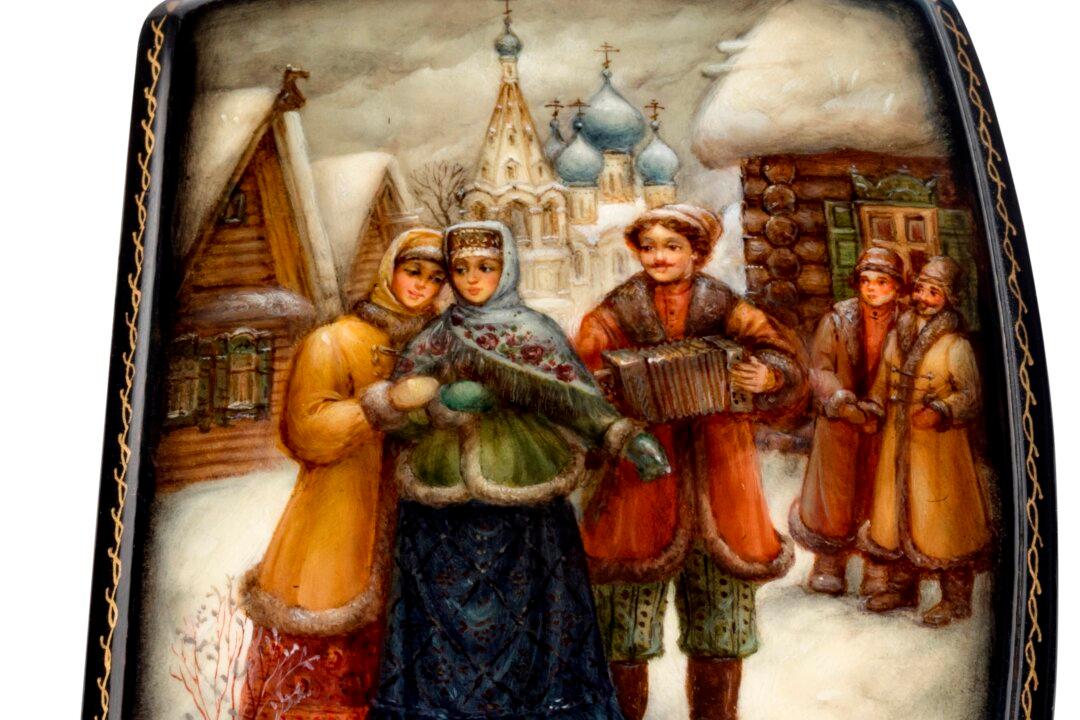NEW YORK—I’m glad I had the chance to visit The Metropolitan Museum of Art’s exhibition “The World Between Empires: Art and Identity in the Ancient Middle East” before it closed on June 23. The exhibition showcased priceless artifacts and art—such as the oldest known depictions of Jesus Christ—between about the first century B.C. and A.D. 250, across the historic trade region from the Middle East to Mesopotamia. It was an era of tremendous cross-pollination of cultures and ideas, bridging the two great kingdoms of the Roman Empire in the West and Iran’s Parthian empire in the East.
But the exhibition’s objects are priceless for another reason altogether—their extreme scarcity after ISIS’s destruction of the region’s culture.





